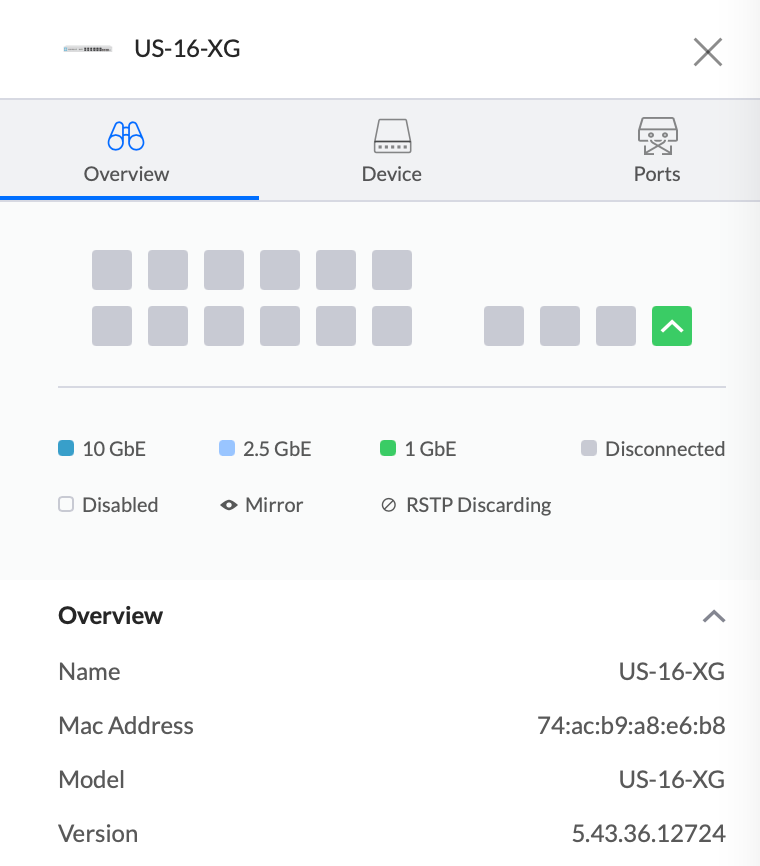
Linuxserver unifi controller software#
You can modify the post adoption Unifi SSH username and password in the controller software by enabling 'advanced features' and then configuring your desired credentials under Site -> Device Authentication. Note that after adoption the SSH password will be changed from ubnt/ubnt. The volume dubbed data here will use a Podman volume named unifi-controllerdata. It uses a volume to store persistent data. Configuration for the site will be automatically applied. This Docker Compose uses the docker-unifi-controller image provided by LinuxServer.io and is very close to the provided Docker Compose file. victoriametrics/victoria-metrics on Docker Hub v1.40.0-arm. Once you've done this, the AP should show up almost immediately in the interface of your Unifi controller saying 'pending adoption'.Īdopt the AP and enjoy the rest of your day. linuxserver/unifi-controller on Docker Hub arm32v7-5.13.32-ls71 amd64-5.13.32-ls71. 8 hours ago The Unifi-controller Controller software is a powerful, enterprise wireless software engine ideal. version: '2' services: unifi-controller: image: linuxserver/unifi - controller: 6.4.54 containername: unifi - controller restart: unless - stopped environment: - PUID1000 for UserID - PGID1000 for GroupID - MEMLIMIT1024M Optionally change the Java. Linuxserver/unificontroller LinuxServer.io. Tell your AP where it can find the controller by running: # set-inform Basic examples for getting this image running as a container. System Overview I have 2 servers : local server at home, which runs the Unifi controller in a Docker swarm setup remote server online, which runs. Spoiler alert&mldr I no longer use Unifi hardware, and I’ll share why in a future post. Doing so, you won’t have to purchase a Unifi Cloud Controller. You'll then need your 'inform-url' which will look something like. Following a post on Reddit, I decided to share my config used to run the Unifi controller.

Then use SSH to connect to the AP, the default user and password is ubnt. It's actually a relatively straightforward thing to solve but requires a few steps which I'll outline below.įirst, power up your AP and find its IP address. We need to tell the AP where the controller resides in order for the announcement to be successful.

But what about when your controller isn't on the LAN? Mine is running on a DigitalOcean droplet, for example. It starts scanning the local LAN for any controllers to 'announce' that it is here and needs configuration. A fresh out of the box Unifi Access Point has no idea what to do with itself.


 0 kommentar(er)
0 kommentar(er)
